50 Women in Robotics you need to know about 2021
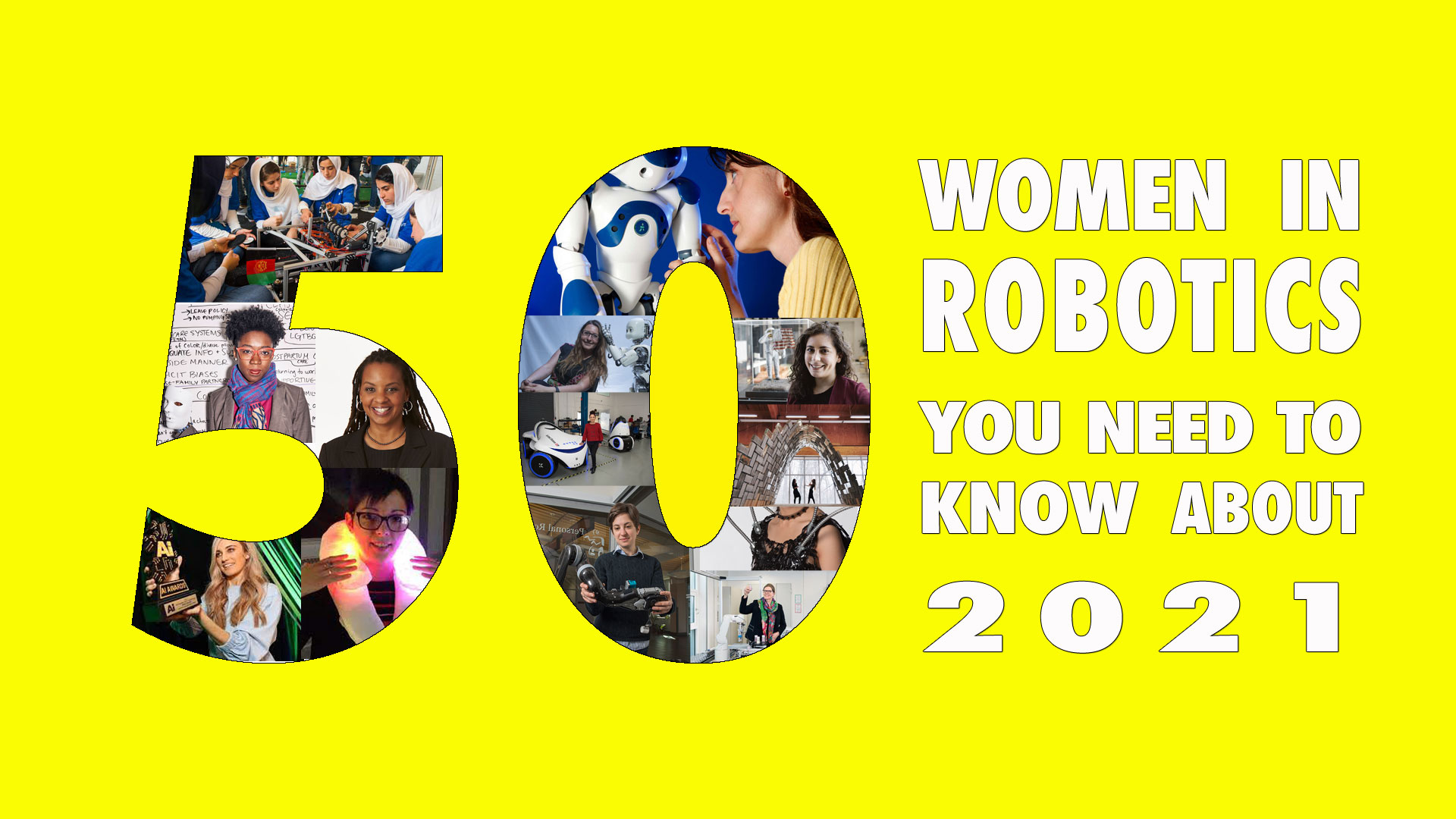
It’s Ada Lovelace Day and once again we’re delighted to introduce you to “50 women in robotics you need to know about”! From the Afghanistan Girls Robotics Team to K.G.Engelhardt who in 1989 founded, and was the first Director of, the Center for Human Service Robotics at Carnegie Mellon, these women showcase a wide range of roles in robotics. We hope these short bios will provide a world of inspiration, in our ninth Women in Robotics list! Tweet this.
In 2021, we showcase women in robotics in Afghanistan, Australia, Canada, Denmark, Finland, France, Germany, Hong Kong, India, Iran, Ireland, Israel, Italy, Japan, New Zealand, Portugal, Singapore, South Africa, Spain, Switzerland, Russia, United Kingdom and United States. They are researchers, industry leaders, and artists. Some women are at the start of their careers, while others have literally written the book, the program or the standards.
It is, however, disturbing how hard it can be to find records of women who were an important part of the history of robotics, such as K.G. Engelhardt. Statistically speaking, women are far more likely to leave the workforce or change careers due to family pressures, and that contributes to the erasure. Last year, we talked about the importance of having more equitable citation counts. The citation problem is expected to significantly disadvantage women and people of color due to the historical lack of women followed by the recent growth of large scientific teams, multiplying exclusion.
A more dangerous form of erasure is happening today in Afghanistan. The Afghanistan Girls Robotics Team was forced to flee the country, thanks to help from their support group, the Digital Citizen Fund. What steps must the international community take in support of a future for Afghan girls’ education? Hear from UN Deputy Secretary-General Amina Mohammed, Nobel Laureate and Malala Fund Co-Founder Malala Yousafzai, and Somaya Faruqi, Captain of the Afghan Dreamers Robotics Team, in this recent UN video.
You can support The Afghan Dreamers here, and soon watch a documentary about the original team which was shot with the girls in Afghanistan in 2019 and 2020.
Meanwhile, UC Davis developed an online digital backpack to keep academic credentials and school records safe and private. The Article 26 Backpack references the 1948 Universal Declaration of Human Rights, and the right to an education. At the moment, the Backpack is for people 18 and over, with a high school diploma or baccalaureate, whose education has been affected by war, conflict or economic conditions.
On the good news front, the IEEE RAS Women in Engineering (WIE) Committee recently completed a several year study of gender representation in conference leading roles at RAS-supported conferences. Individuals who hold these roles select organizing committees, choose speakers, and make final decisions on paper acceptances. In this video, the authors lead a discussion about the findings and the story behind the study. In addition to presenting detailed data and releasing anonymized datasets for further study, the authors provided suggestions on changes to help ensure a more diverse and representative robotics community where anyone can thrive. The paper “Gender Diversity of Conference Leadership” by Laura Graesser, Aleksandra Faust, Hadas Kress-Gazit, Lydia Tapia, and Risa Ulinskiby was in the June 2021 IEEE Robotics and Automation Magazine, with a follow up “Retrospective on a Watershed Moment for IEEE Robotics and Automation Society Gender Diversity [Women in Engineering]” in Sep 2021 by Lydia Tapia reporting on gender diversity initiatives undertaken by the Robotics and Automation Society.
We publish this list because the lack of visibility of women in robotics leads to the unconscious perception that women aren’t making newsworthy contributions. We encourage you to use our lists to help find women for keynotes, panels, interviews and to cite their research and include them in curricula. Tulane University published a guide to help you calculate how much of your reading list includes female authors and a citation guide, similar to the CiteHer campaign from BlackComputeher.org.
And Women in Robotics have just launched a Photo Challenge! We got so tired of seeing literally hundreds of images of female robots showing up whenever we searched for images of women building robots, or images of men building robots while women watched. Let’s push Sophia out of the top search results and showcase real women building real robots instead!
We hope you are inspired by these profiles, and if you want to work in robotics too, please join us at Women in Robotics. We are now a 501(c)(3) non-profit organization, but even so, this post wouldn’t be possible if not for the hard work of volunteers; Andra Keay, Fatemeh Pahlevan Aghababa, Jeana diNatale and Daniel Carrillo Zapata. Tweet this
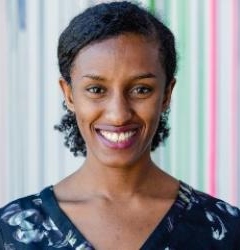
Rediet Adebe
Abebe researches algorithms and artificial intelligence, with a focus on inequality and distributed justice concerns. She is passionate about addressing real-world problems in the roll out of technology and increasingly autonomous systems.
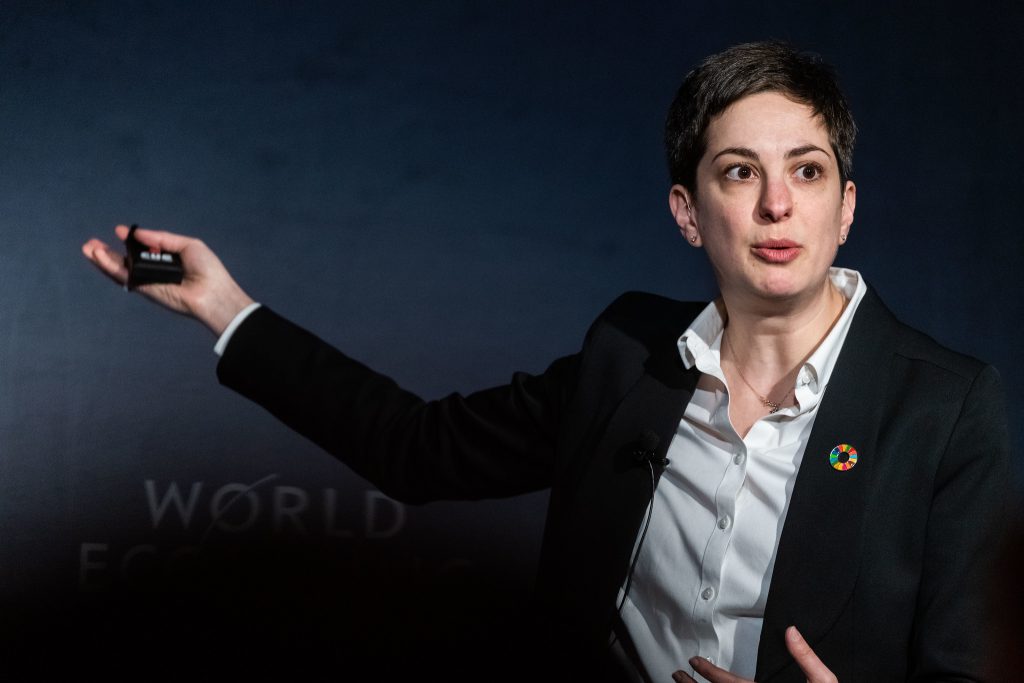
Henny Admoni
Admoni studies how to develop intelligent robots that can assist and collaborate with humans on complex tasks like preparing a meal. She is most interested in how natural human communication can be used to improve human-robot interactions.
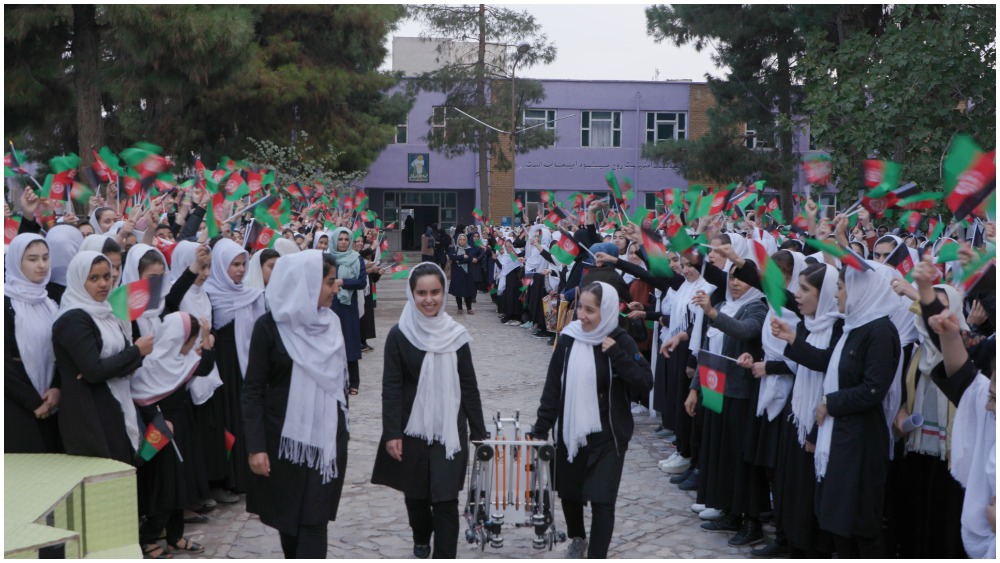
Afghan Girls Robotics Team
On escaping Afghanistan, Somaya Faruqi told NBC News “When I fix something, I feel free - I feel powerful.” Afghan Dreamers, a film following the original team comes out soon, showcasing the girls' strength, curiosity and courage.

Dejanira Araiza-Illan
Araiza-Illan develops robotics for industrial manufacturing applications, using a wide range of sensors and integrated industrial equipment. She is CoChair of the IEEE RAS Technical Committee for Verification of Autonomous Systems.

Nadine Bender Reisner
Bender Reisner focuses on HRC in industrial manufacturing processes as well as collaboration and cooperation in care and rehab scenarios. She studies the ethical, legal and psycho-social impact robotics and AI have on humans.
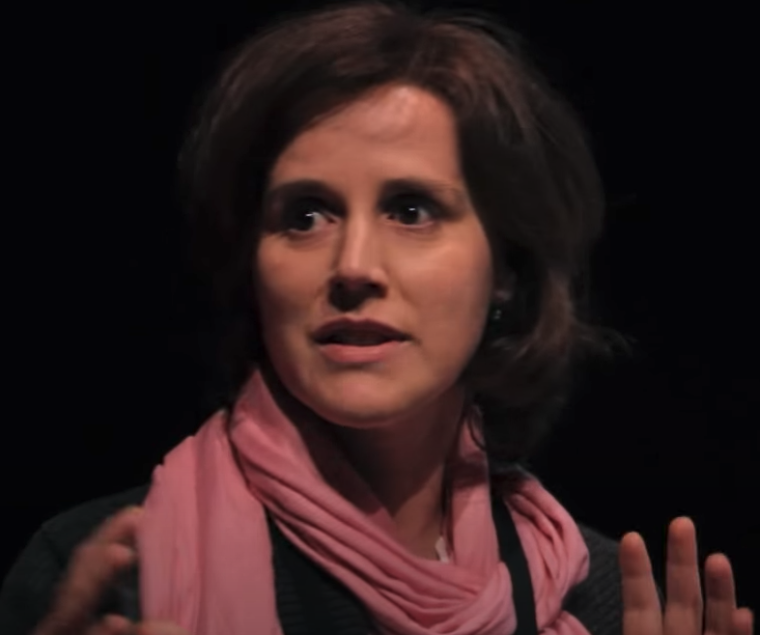
Estela Bicho
Bicho researches the use of dynamic systems for the design and implementation of neuro-cognitive control architectures for robot systems, including HRI & collaboration. She has been PI for national and EU funded research robotics projects.
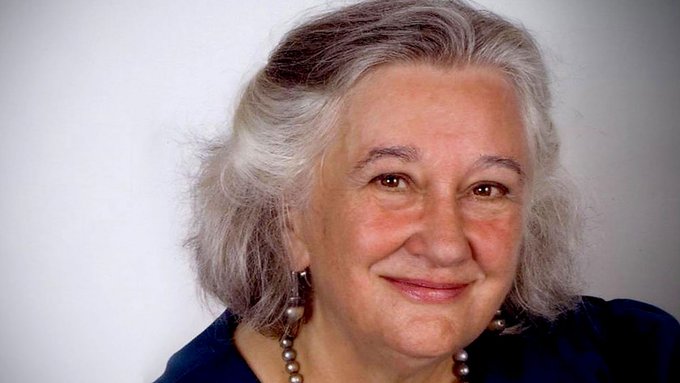
Margaret Boden
Boden created the world's first program in cognitive science and is a Fellow of the British Academy, and the Association for the Advancement of Artificial Intelligence. She explains that 'robots won't take over, because they couldn't care less'.
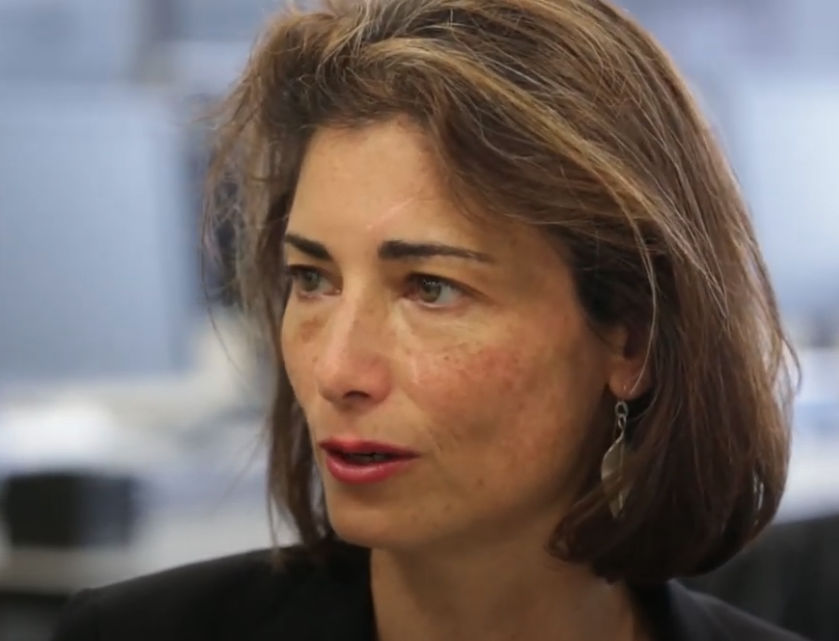
Elizabeth Broadbent
Broadbent's work at the intersection of psychology and robotics looks at hazards deriving from low levels of perception of safety which can be caused by robot appearance, behaviour, and affective capabilities.
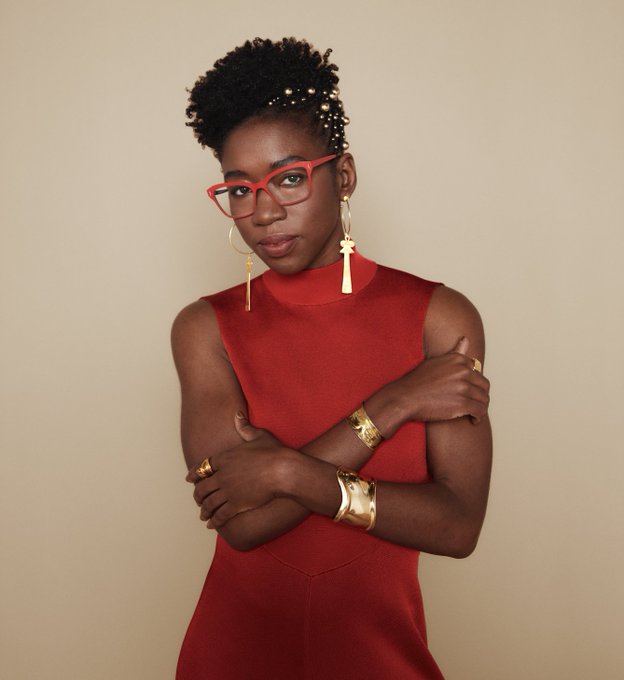
Joy Buolamwini
Rhodes Scholar and Fulbright fellow, Buolamwini uses art and research to illuminate the social implications of artificial intelligence. The film Coded Bias highlights the personal and social implications of bias in autonomous systems.
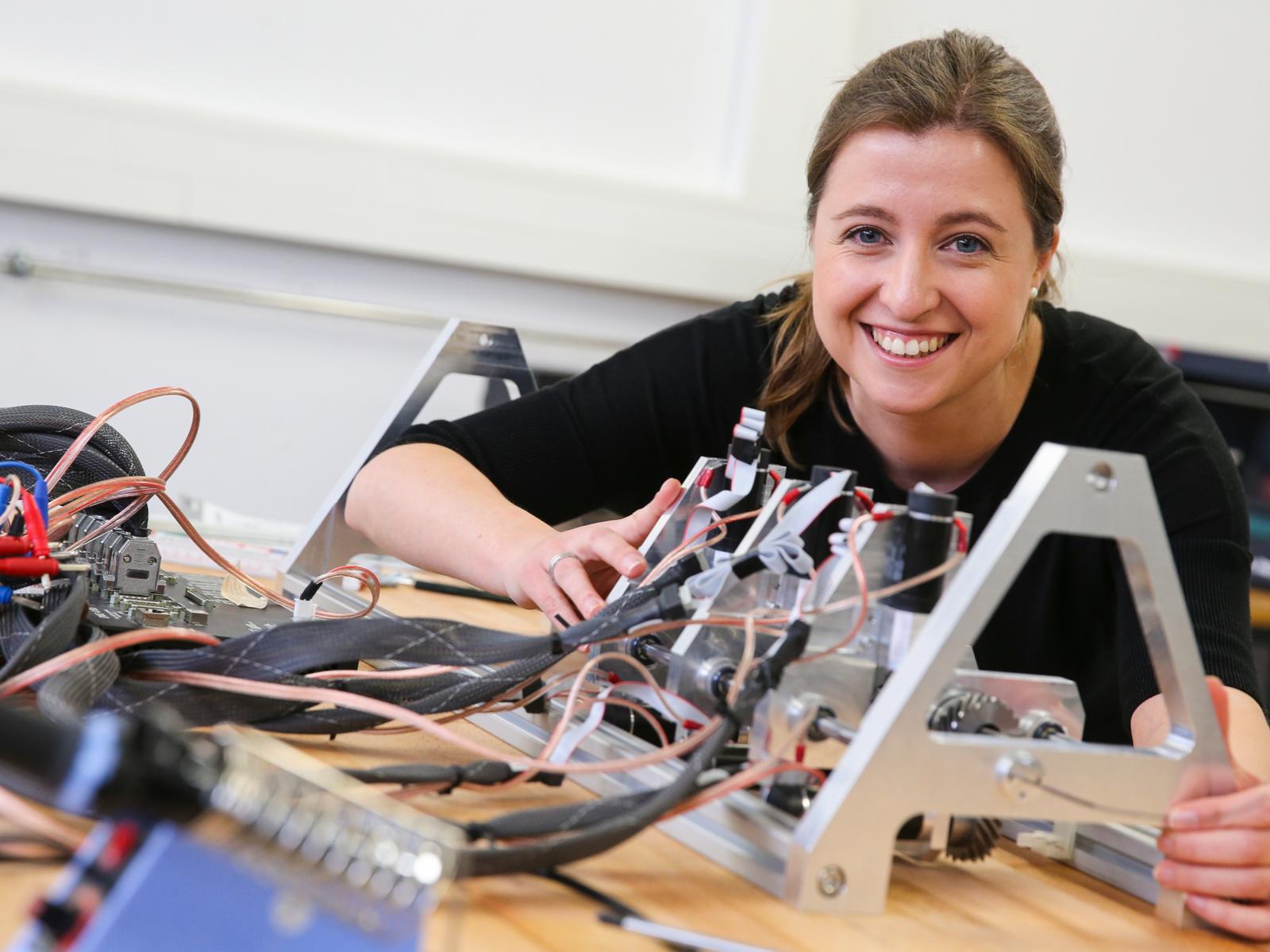
Jessica Burgner-Kahrs
Burgner-Kahrs is an award winning researcher focusing on continuum robotics and in particular on design, modeling, planning and control, as well as human-robot interaction. She was selected as one of 100 Global Young Leaders by WEF.
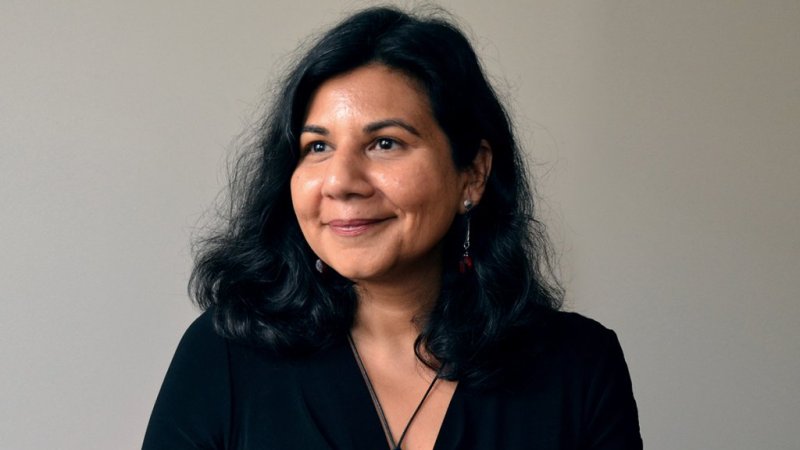
Praminda Caleb-Solly
Caleb-Solly is also Co-Founder and Director of Robotics for Good, a social purpose startup bringing robots into everyday life to empower people, and she advises standards committees on Service Robot Safety and Ethics.
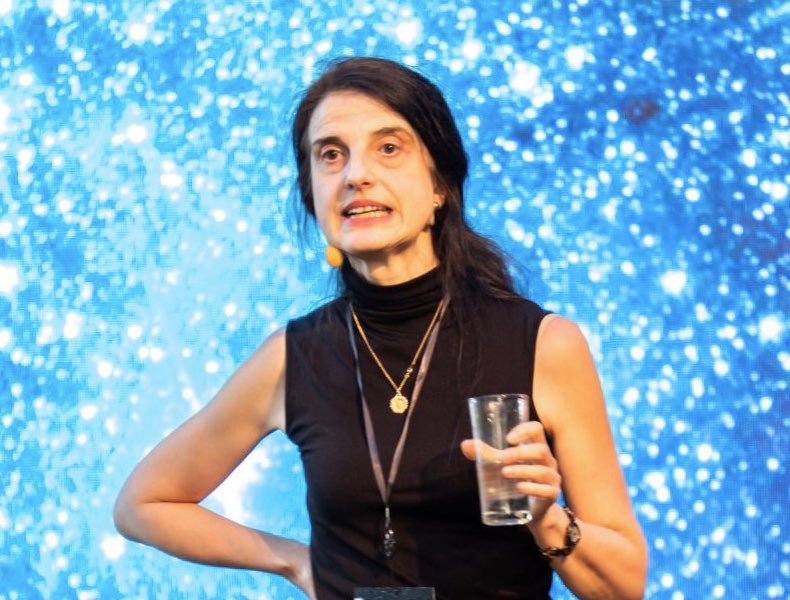
Lola Cañamero
Cañamero is a pioneer in the field of emotion modeling, using robots to investigate the interactions between motivation, emotion and embodied cognition and action from the perspectives of adaptation, development and evolution.

Catie Cuan
Cuan is a dancer, choreographer, researcher, and currently a PhD Candidate in Mechanical Engineering studying haptic feedback and interactions with robots - aka dancing with machines - and receiving several prestigious Fellowships.
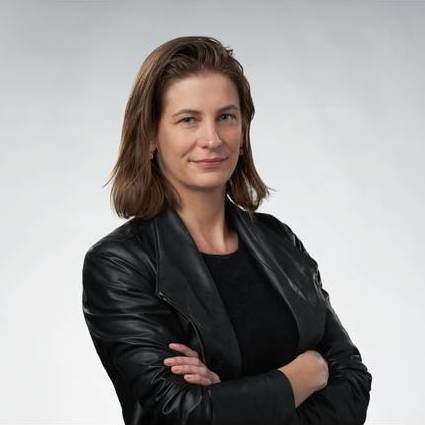
Claire Delaunay
With years of experience leading robotics and autonomous vehicles teams ranging from startups to Fortune 500 companies like Uber and Google, Delaunay is responsible for the Isaac robotics initiative at NVIDIA.
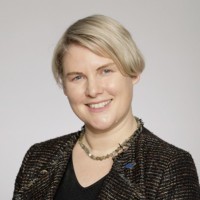
Kate Devitt
Researcher and author with a very interdisciplinary background, Devitt builds technologies that enable the development of autonomous systems that incorporate ethical, legal, and regulatory structures for trusted adoption.
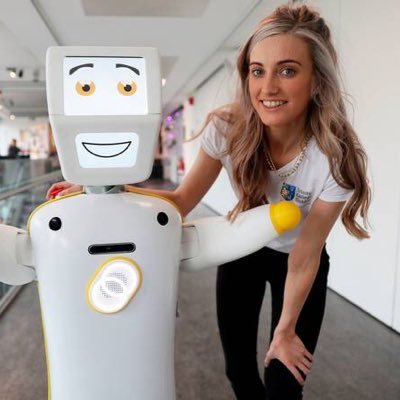
Niamh Donnelly
From Stevie, a socially assistive robot for patient assistance, to germ killing Violet, Donnelly is developing robots with the AI capabilities to safely navigate and appropriately interact with people in healthcare environments.
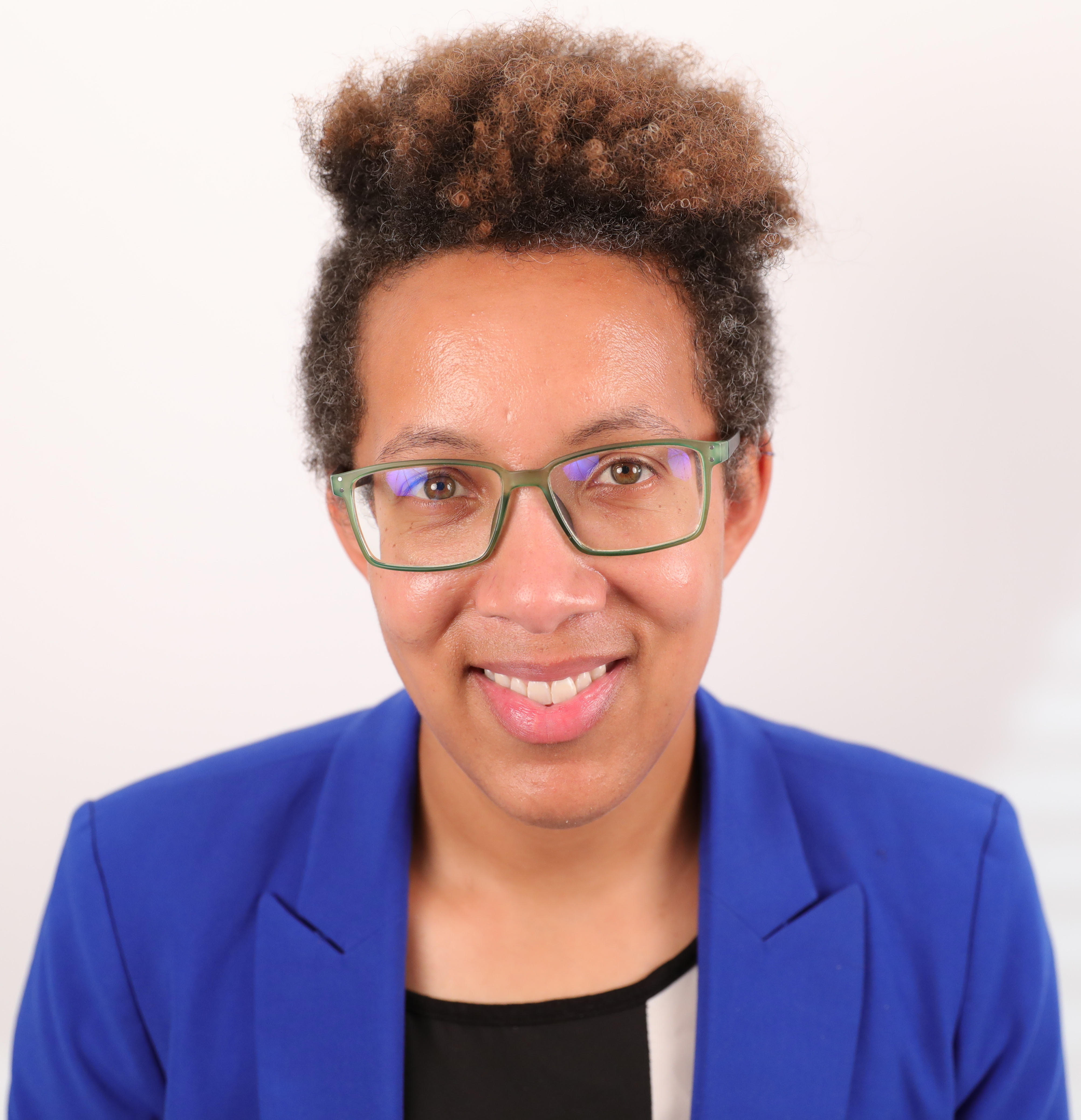
Kris Dorsey
Dorsey was inspired by origami. Now her research focuses on the fabrication and characterization of microscale sensors and microelectromechanical systems, where she is interested in wearable health care device applications.
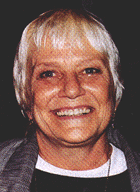
K.G. Engelhart
Pioneering roboticist, researcher and educator, Engelhardt's career spans Stanford, NASA and CMU in the 70s, 80s and 90s. Leaving robotics research for family reasons in the 2000s, her passion for STEM is still clear. Her bio is inspirational!
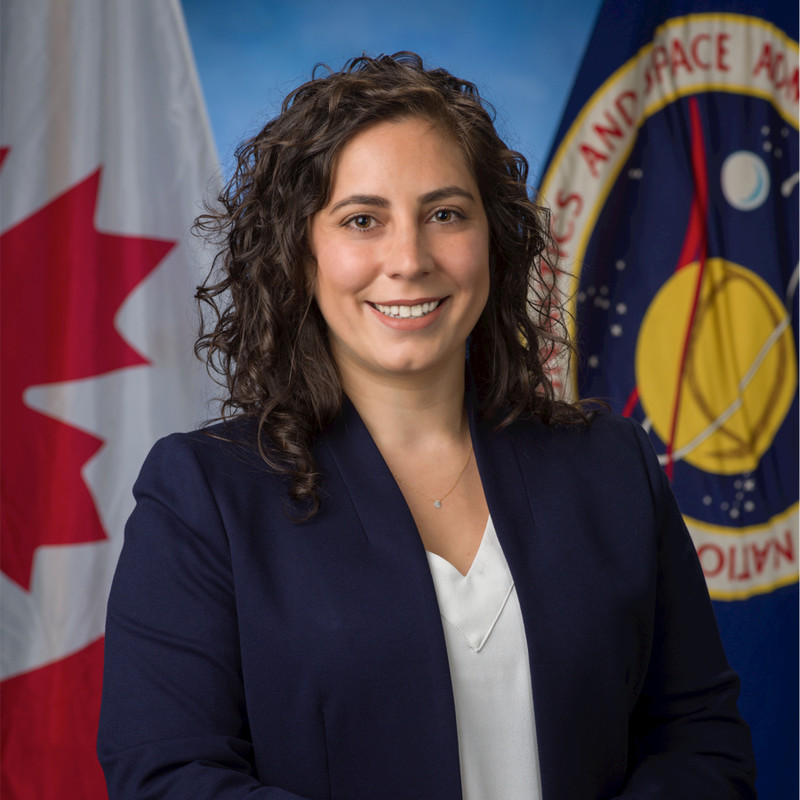
Kristen Facciol
An aerospace engineer from the University of Toronto, Facciol worked on the Next Generation Canadarm project and now supports robotics operations on the International Space Station (ISS) as well as training astronauts.
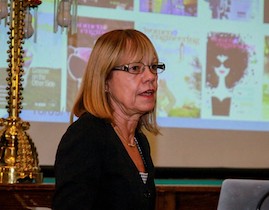
Maria Pia Fanti
IEEE Fellow and extensive author, Fanti is an Italian control theorist known for her research that includes discrete event dynamic systems, Petri nets, consensus, fault detection and isolation, agile manufacturing, and road traffic control.
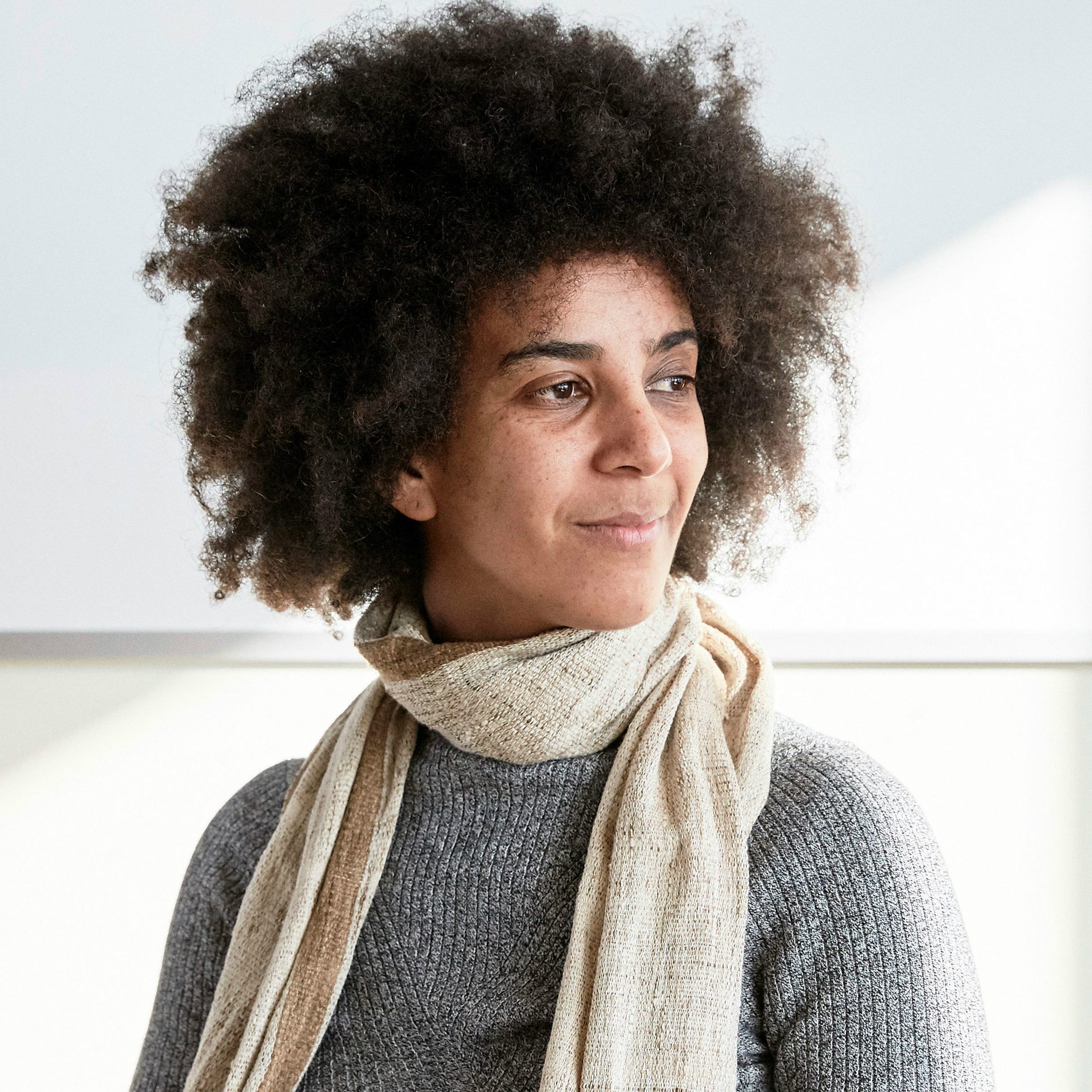
Timnit Gebru
Gebru is a researcher and activist in artificial intelligence, working to reduce the potential negative impacts of AI. Prior to her PhD, she worked at Apple designing circuits and signal processing algorithms products including the first iPad.
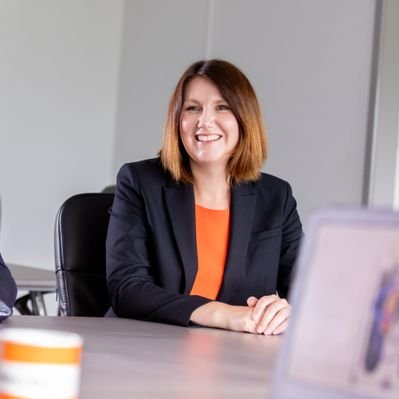
Philippa Glover
Glover is passionate about addressing the challenges and opportunities of robotics and automation. She sits on several advisory boards including MAKE UK Regional, and Industrial Strategy Challenge fund Manufacturing Made Smarter.
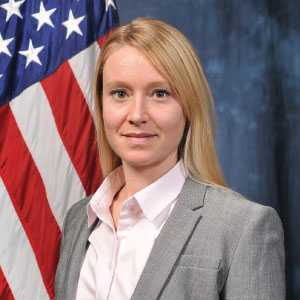
Kerstin Haring
An award winning researcher who's career spans Japan, Germany and USA, Haring plans to research robot-human interactions, human-technology interactions, and ethics in robotics, utilizing the entertainment factor of robots.

Leshell Hatley
Hatley is passionate computer engineer, educator, and researcher who creates innovative approaches to teaching artificial intelligence, robotics, and culturally relevant computer science/computer engineering education.
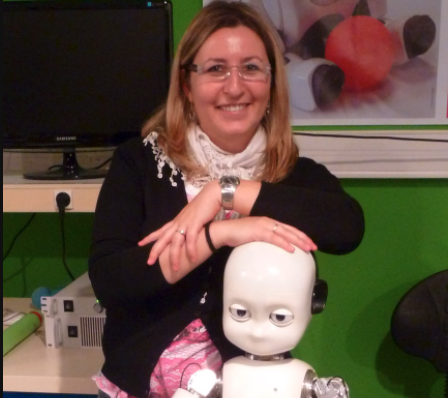
Serena Ivaldi
Ivaldi leads the humanoid and human-robot interaction activities of the Team Larsen in INRIA. She has been developing whole-body tele-operation for the iCub humanoid robot and pioneered the use of exoskeletons in the ICU to assist physicians.
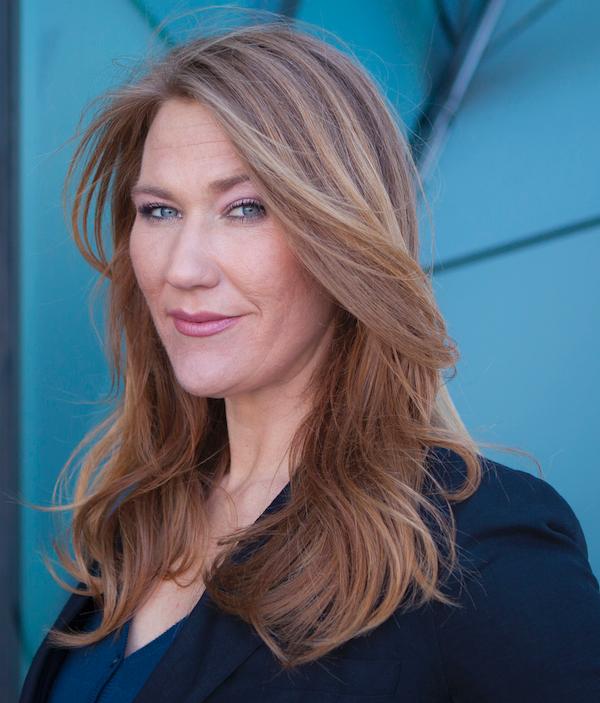
Elizabeth Jochum
Jochum's research combines the fields of art and robotics, and includes ongoing research collaborations across disciplines, within Denmark and internationally. She explores the impact of robotics and automation on scientists and citizens.
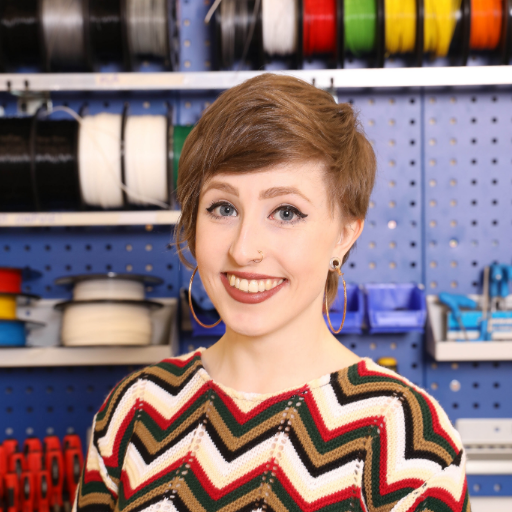
Hannah Joshua
Joshua is a physicist and science communicator who can usually be found buried under piles of components, assembling charmingly overcomplicated solutions to everyday problems with a little open source hardware, a few wires and a lot of enthusiasm.
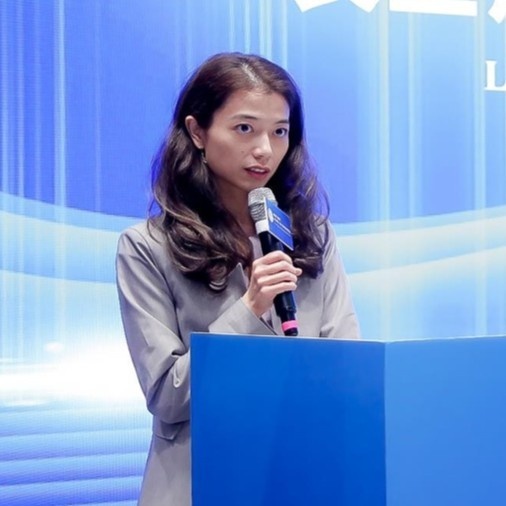
Wendy Keski-Keturi
Keski-Keturi brings her international commercialization skills to developing a global robotics investment program at IARA bringing more international cooperation among companies in robotics for better innovation, market entry and better society.
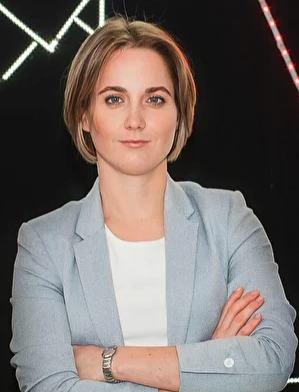
Alisa Koniukhovskaia
Koniukhovskaia is the representative of Russia in the International Federation of Robotics. She organizes statistical data collection on the Russian robotics industry and develops international cooperation and government relations.
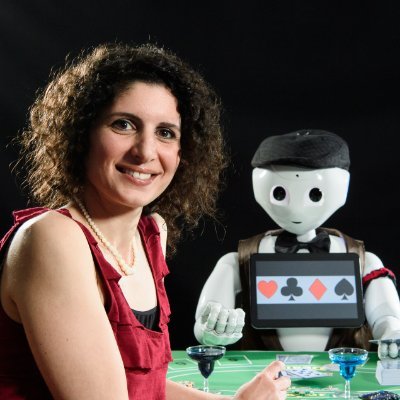
Shelly Levy-Tzedek
Levy-Tzedek's lab studies the effects of age and disease (in particular, Parkinson's disease & stroke) on the control of body movement, and how to best employ robotics to facilitate a fast and efficient rehabilitation process.
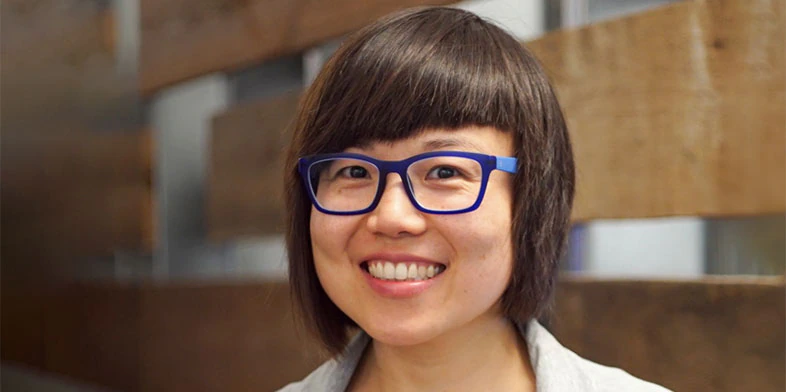
Hui Li
Li's main research area is the intersection of machine learning and robotics for manufacturing and construction automation applications, building on her previous roles leading robotics research at Airware, Boeing and CSAIL.
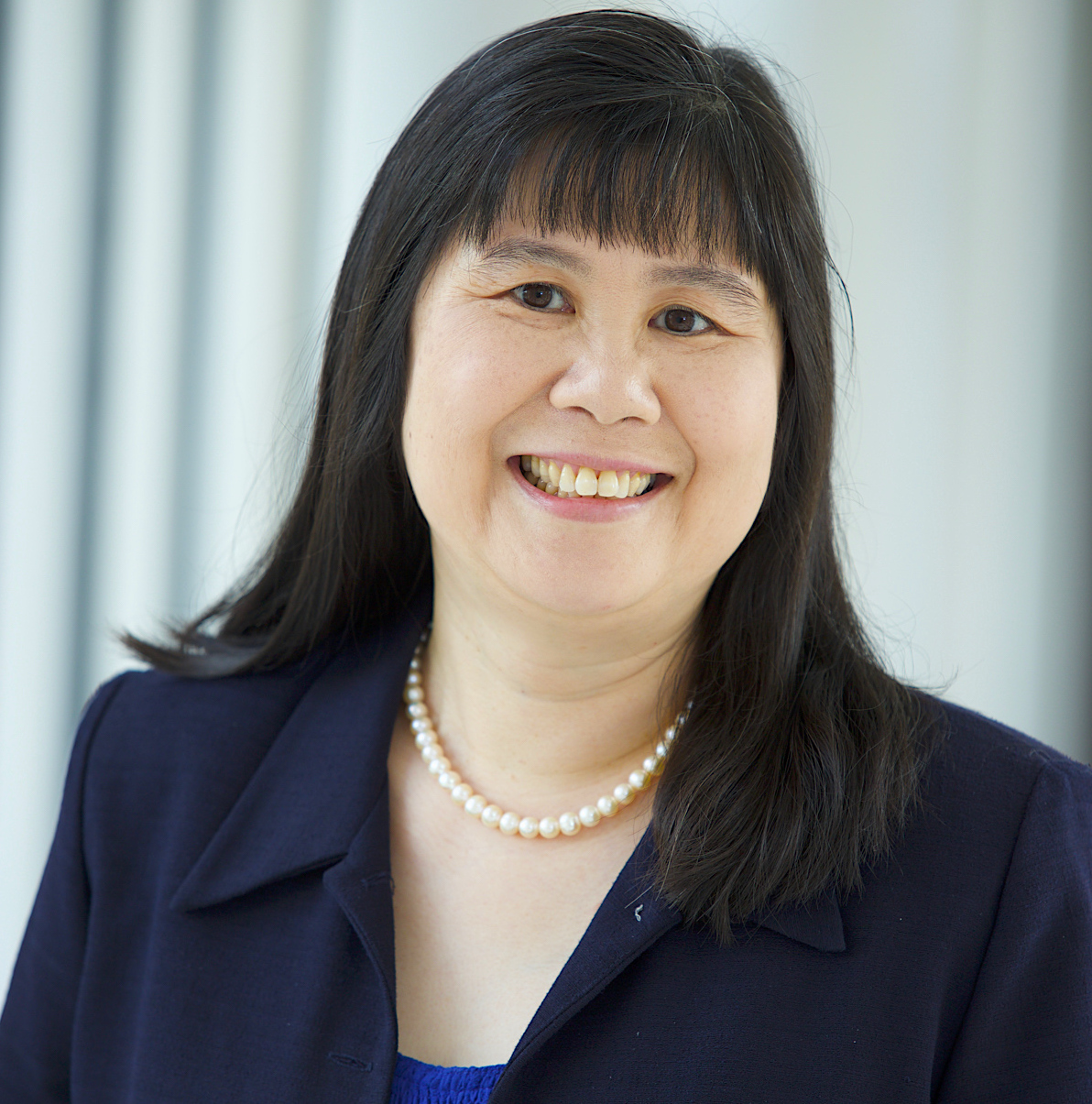
Ming Lin
Ming C. Lin researches real-time physics-based interaction and simulation for virtual environments, robotics and haptics. She has received many awards and patents for her work and is active in the IEEE, ACM and CRA-W communities.
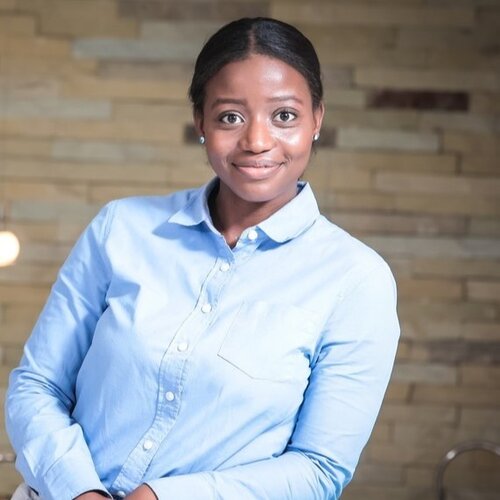
Vuyo Makhuvha
Makhuvha is a potent mix of maths, entrepreneurship and business skills from McKinsey, and a role leading growth at a fast growing robotics company in Asia. There's no limit to what South African Makhuvha can tackle next.
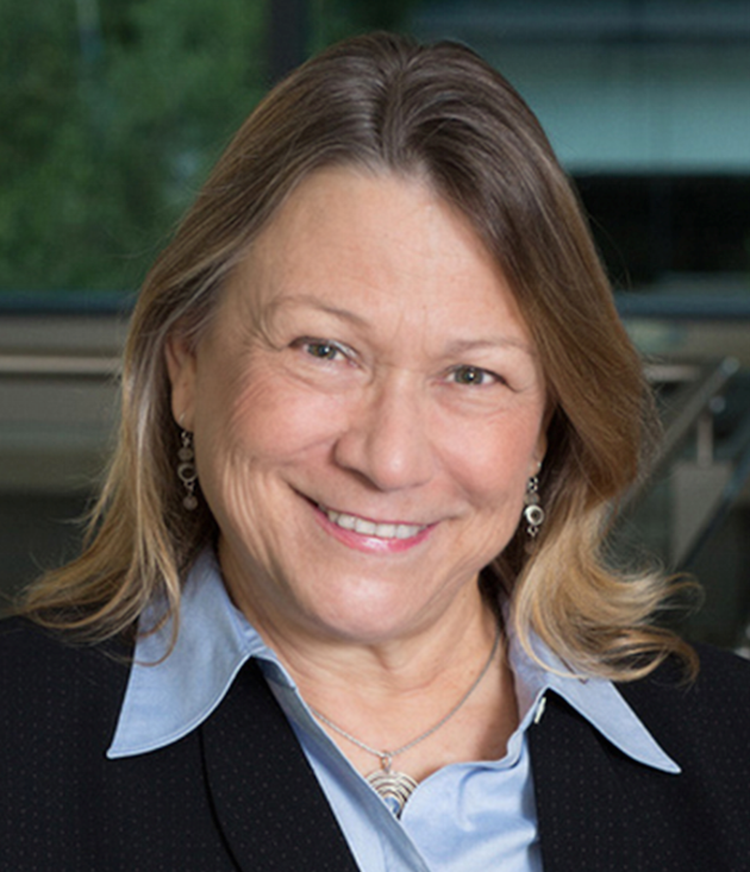
Jacki Morie
Widely known as a pioneer in immersive VR environment creation & production, with a focus on evoking meaningful experiences, Morie invented a scent delivery collar an Infrasonic floor. She is now working with sophisticated robotic interactions.

Beste Ozcan
Ozcan is the founder of “Transitional Wearable Companions” concept, like award winning Lokahi and +me wearable companion for children with autism. She combines materials, shapes, colors and interactions for social robotics in unique ways.
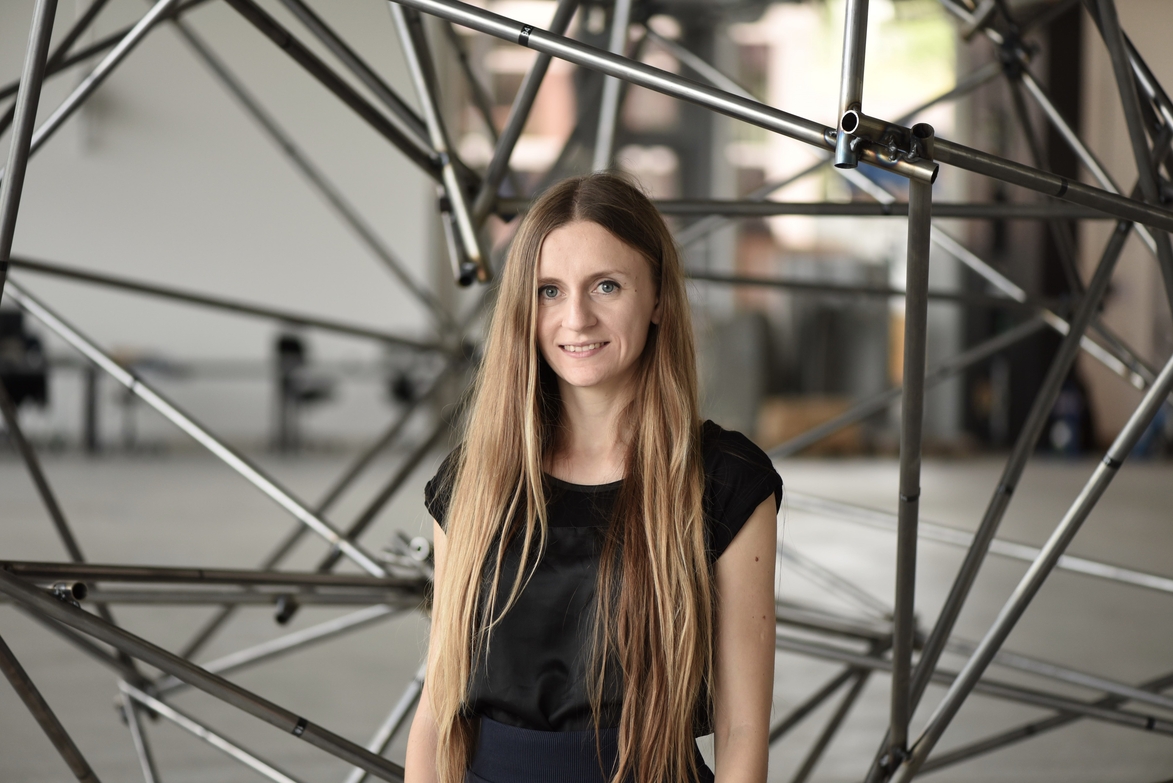
Stefana Parascho
She is an architect with a focus on computational design and innovative robotic fabrication. Parascho's work has been exhibited at international venues, such as the Milan Design Week and the Academy of Arts.
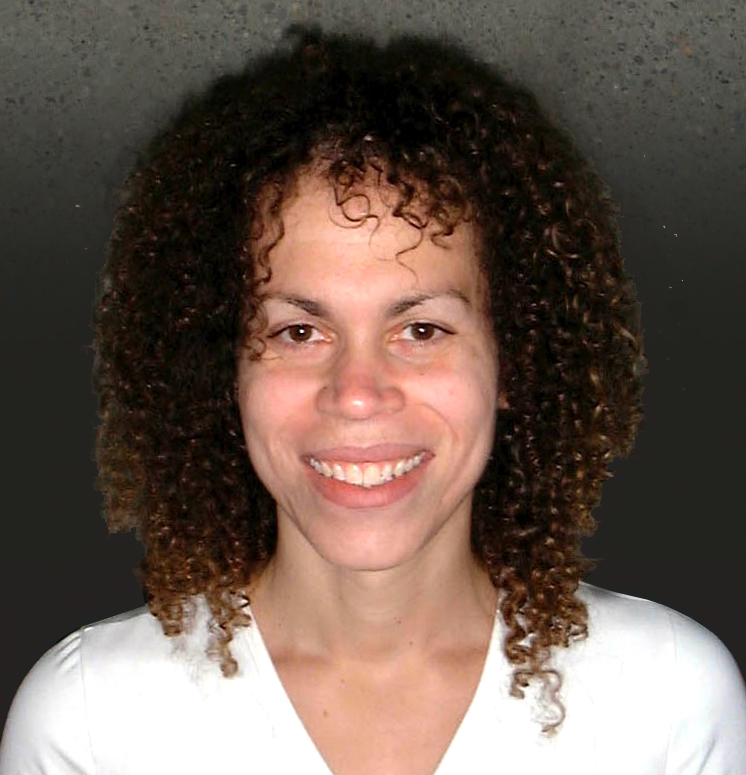
Cyra Richardson
Attabotics automates supply chains for global commerce, inspired by the efficiency and structure of ant colonies. Richardson leads their product strategy and development, commercialization and technical strategy.
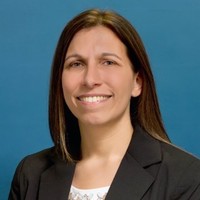
Laurel Riek
She serves on the editorial boards of ACM Transactions on Human Robot Interaction, IEEE Transactions on Robotics, and was the 2020 HRI Technical Program Committee Co-Chair.
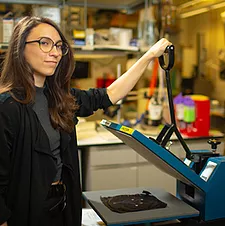
Vanessa Sanchez
Sanchez focuses on developing robotic fabrics for patients who are ill or disabled. She has created robotic fabric leg sleeves that treat deep-vein thrombosis, as well as soft robotic fabrics with built-in feedback control to assist mobility.
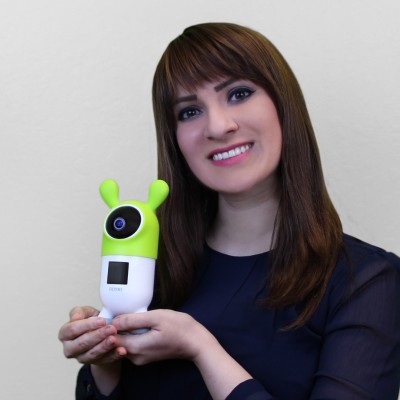
Elnaz Sarraf
Sarraf is the CEO of an educational robot company named one of TIME Magazine’s Best Inventions and most recently the winner of the 2021 WEF Smart Toy Awards. She is an experienced marketer and entrepreneur.
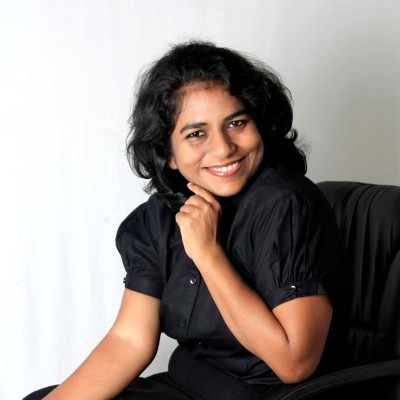
Ruchi Saxena
Caerobotics is using drones to enable the last-mile ecosystem for delivery, data and mobility, including vaccine delivery in India. Saxena has nearly two decades of developing and integrating healthcare technologies for public health and safety.
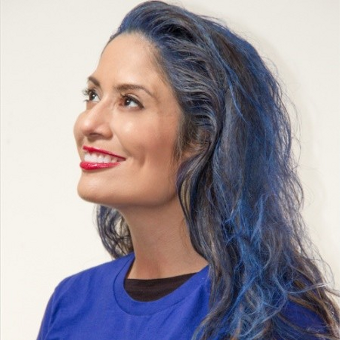
Mercedes Soria
Winner of Anita Borg's ABIE Award for Leadership in 2017, Mentor for the US TechWomen Program and in the U.S. Speaker Program, Soria initially didn't speak English when she emigrated from Ecuador. She excels in both business and computer science.
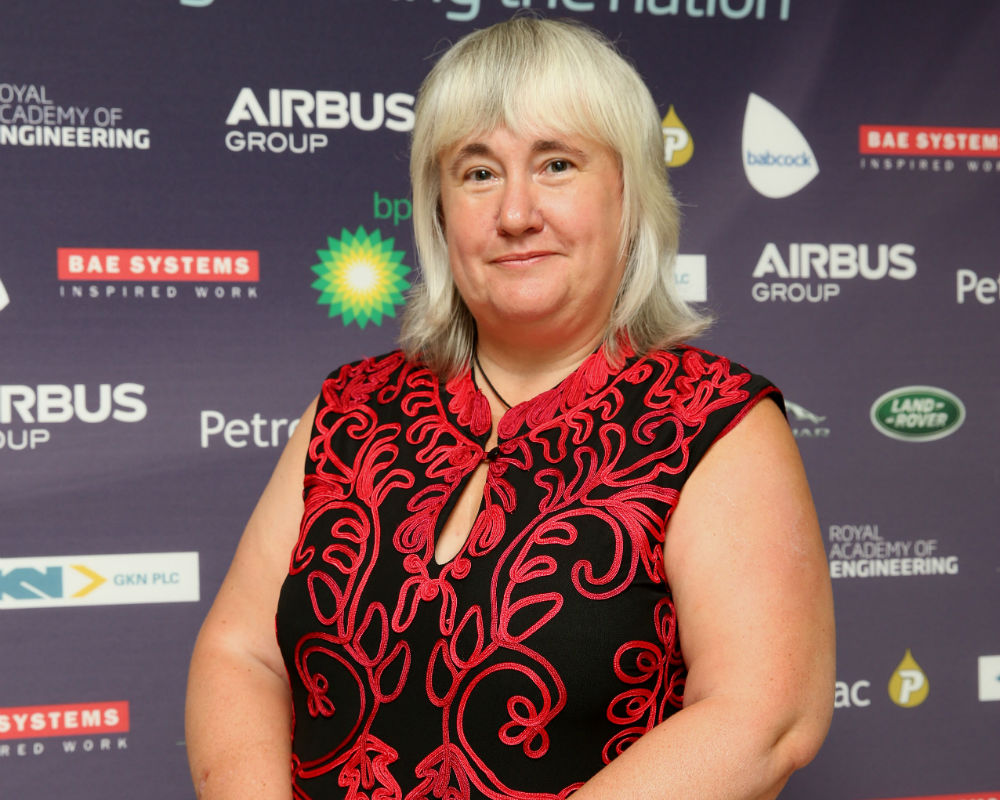
Sarah Spurgeon OBE
Senior IEEE Fellow and awarded an OBE, Spurgeon works to optimize different systems, including planes, cars, robots and healthcare. Spurgeon's sliding mode control theory overcomes the discrepancies between the plant and model used for control design.
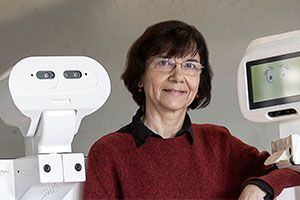
Carme Torras
Torras is an IEEE Fellow, recipient of the Julio Peláez Award to Pioneer Women in Science and also a writer whose short stories and novels often address ethical dilemmas raised by robotics, AI and social media.

Shivani Torres
Firestarter, architect of impact and investor, Torres helped build thousands of products at the Stanford Product Realization Lab, before joining Lemnos VC, and now Palumni VC. In her 'spare' time she builds giant flaming artworks.

Antonia Tzemanaki
Tzemanaki's research focusses on robot hands, hand exoskeletons, kinematics, wearable technologies, haptics and bio-inspired robotics. She is also the organiser of the Bristol Women in Robotics group @WirBristol on Twitter.
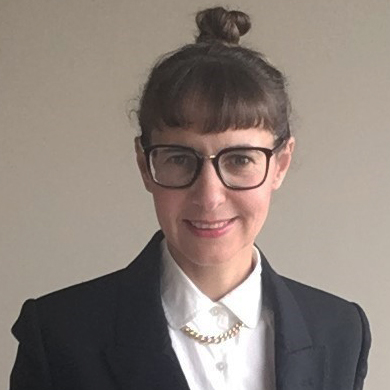
Gentiane Venture
A French roboticist in Japan, Venture's main research interests include dynamics modeling and identification, robot control, human-robot interactions, and interdisciplinary research redefining the boundaries of robotics.
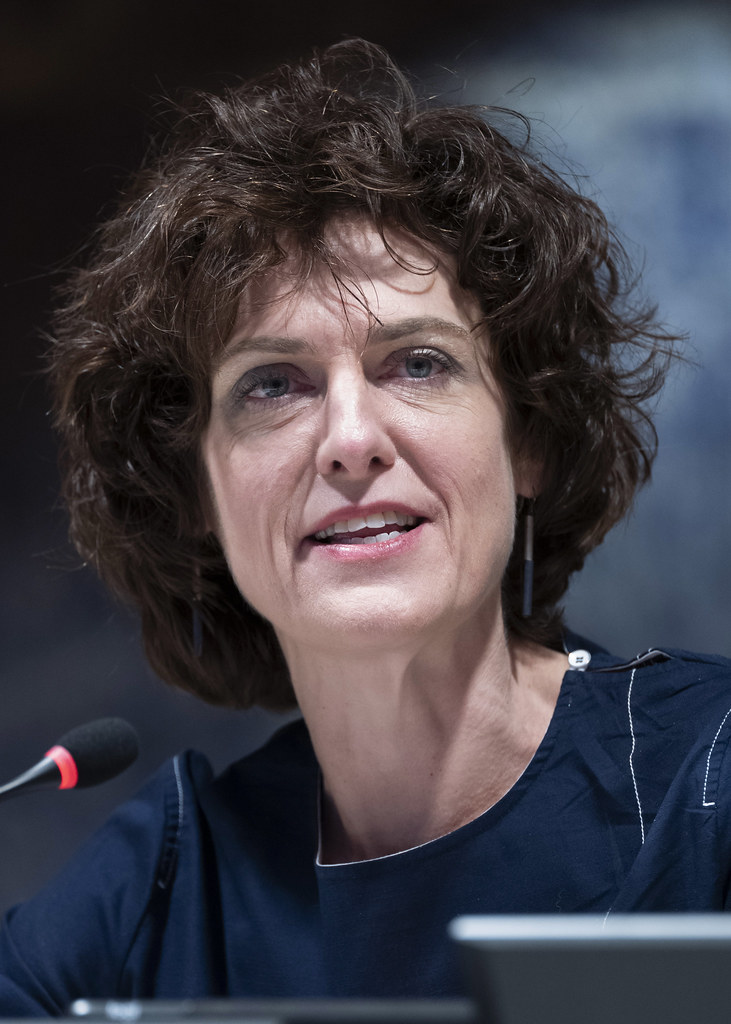
Kerstin Vignard
With over 25 years’ experience at the UN, Vignard leads UNIDIR’s work to develop policy frameworks on the weaponization of increasingly autonomous technologies, enabling policy makers to make better informed decisions about killer robots.
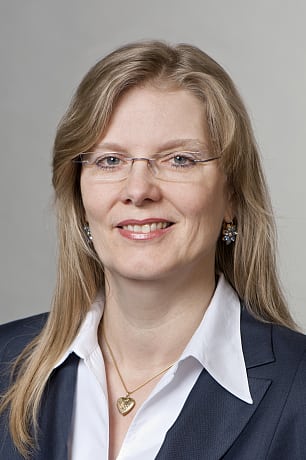
Birgit Vogel-Heuser
Distinguished Lecturer of the IEEE Robotics and Automation Society, Advisory Board Member of VDI/VDE-GMA, Vogel-Heuser, holds Dipl. Ing. degrees in electrical and mechanical engineering. She researches the modeling of distributed and embedded systems.

Clara Vu
An experienced robotics startup founder, Vu was formerly Cofounder and Director of Software Development at Harvest Automation Inc, and Senior Software Engineer at iRobot. Clara holds a B.A. in Mathematics from Yale University.